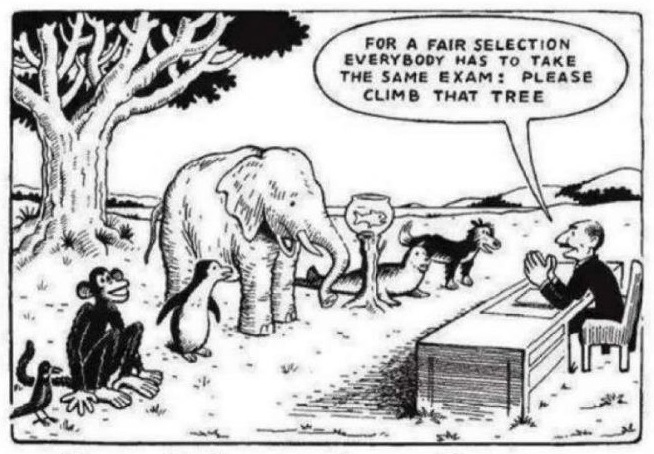Have you been in a class, paying attention, but somehow you just can’t understand a word the professor is saying? You see around, hoping to find a sympathetic face, but it seems you’re the only student with a problem.
No, there’s nothing wrong with you. Most probably you have another learning style and are still unaware of it.
We all learn in different ways
In 1988 chemical engineer, Richard Felder, and psychologist, Linda Silverman, published Learning and Teaching Learning Styles in Engineering Education. They studied the differences of learning styles in engineering students. The scientists assured that each student learns in a different way. Conversely, professors have also distinct teaching methods.
The objective was providing instructors with key information so they could create integral teaching methods that could adapt to every student’s needs. It was about aligning both student and teacher to guarantee an effective educational process.
To summarize their findings, the authors designed the Felder-Silverman model, which classifies how students learn under four dimensions:
- Sensory (through the senses) or intuitive (through concepts, ideas, meanings).
- Visual (through drawings, diagrams, charts) or verbal (through written or oral explanations).
- Active (through trial and error and work in groups) or reflexive (through individual meditation).
- Sequential (through linear steps) or global (through a systemic vision of the totality).
Instructors who adapt their teaching style to include both poles of each dimension will achieve an optimal learning environment for all students.
Based on the Learning Styles model, Felder along Barbara Soloman, developed the Learning Styles Index. The test offers the tools that allow people to discover their own learning style. Ideally, students must balance both poles of each dimension.
And what is your style?

After taking the test, my results showed a balanced score in the sensory-intuitive, visual-verbal and sequential-global dimensions, which means I can adapt to different teaching environments. However, I prefer reflexive approaches over active methods, which can hinder my participation when working in teams.
Every person is an individual human being with different characteristics and own needs. From Teachlr, we encourage you to take the test so you can discover your learning style. Knowing yourself will allow you to learn more effectively and enjoyably.
References
| International Centre for Educators’ Learning Styles: The Felder-Silverman Learning and Teaching Styles Model. Retrieved on May 6, 2015 from http://www.icels-educators-for-learning.ca/index.php?option=com_content&view=article&id=47&Itemid=64 |




